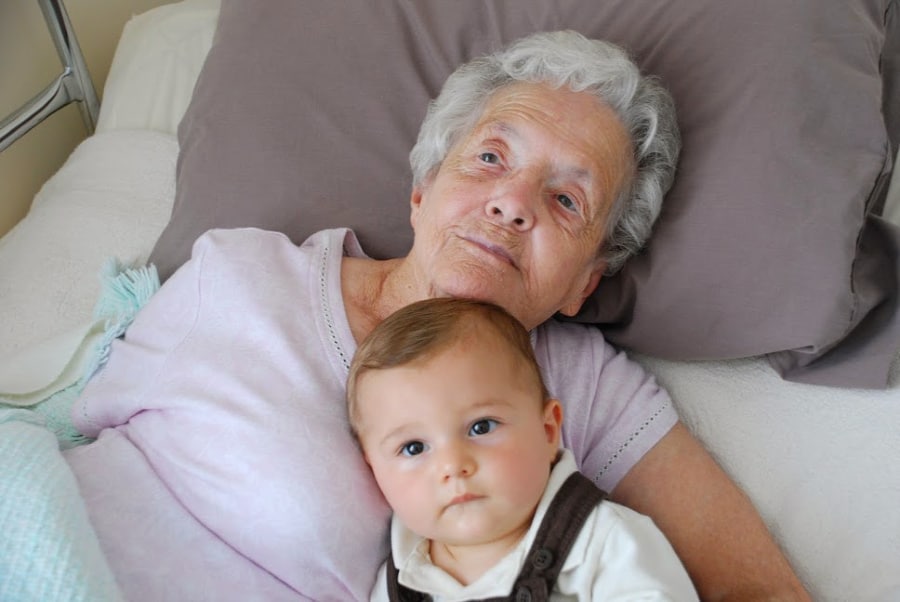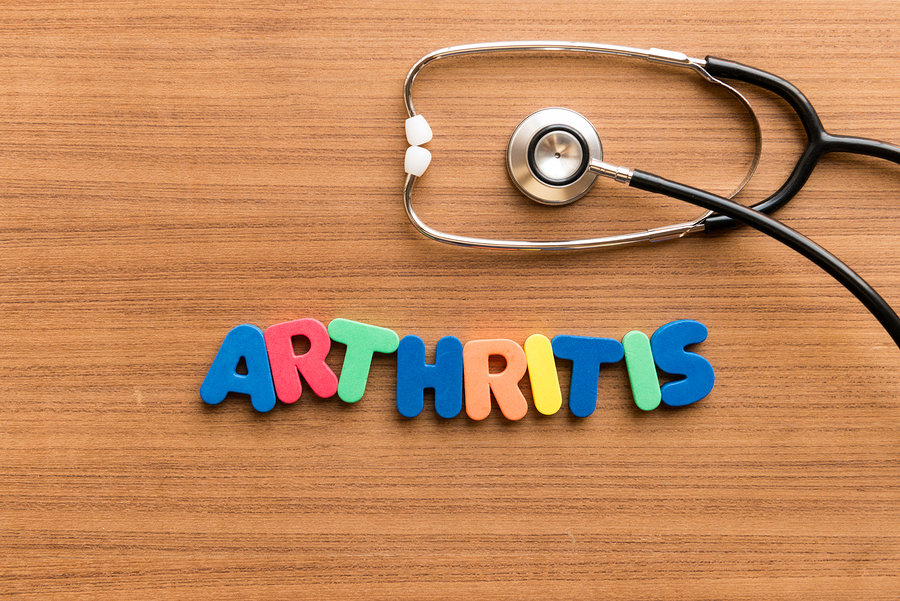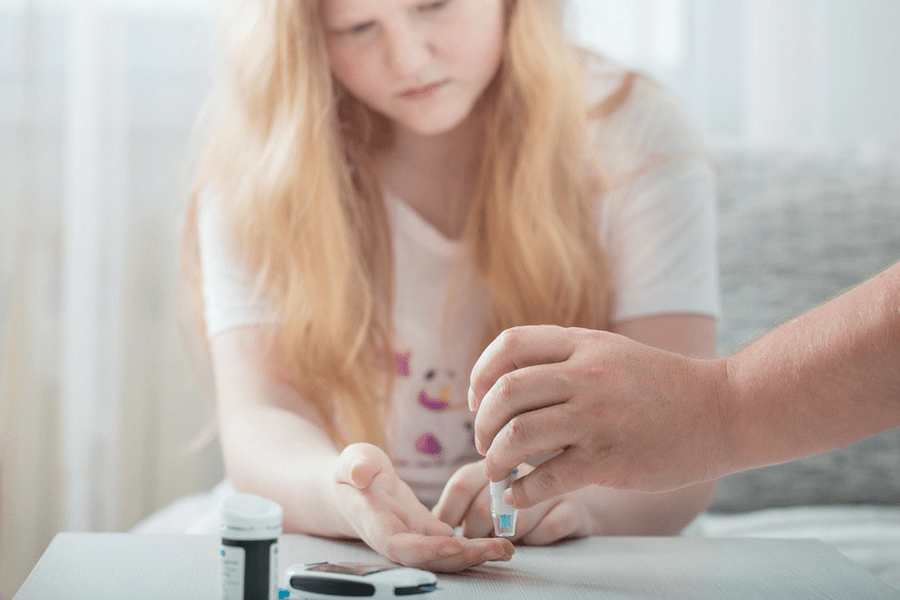It’s hard to write about or think of anything else besides Covid-19 right now. News flows in hourly, and at the moment, my family will have to self-quarantine for 14 days on return from Miami. The thought of this actually makes my heart soar. Time is a gift. Togetherness is an even bigger one. But avoiding the pitfalls of endless gaming in a dark basement will be imperative. Here is my plan to come out of Coronavirus avoidance with deeper connections and enhanced knowledge. This is my two cents on how to guide your family through self-quarantine.
Recent recalls of toys containing excessive amounts of lead have resulted in an increase in the promotion and use of home lead testing kits. Health Canada’s Product Safety Laboratory has evaluated a number of home lead test kits available on the Canadian marketplace and found that the results they give are not fully reliable. Test results vary considerably from one brand of test kit to another and are also affected by the type of product or material being tested.
Unreliable Lead Testing Kits
Lead is a soft, heavy metal which is poisonous when absorbed into the body. It is a naturally occurring element that is found in trace amounts everywhere in the human environment. Lead is especially toxic to young children, and can cause serious learning and behavioural problems even at very low exposure levels. Regulations under Health Canada’s Hazardous Products Act restrict the amount of lead which can be used in children’s products, such as toys and children’s jewellery.
Since the test kits indicate the presence of lead by a colour change, the results may be affected by pigments present in the tested product. Also, the test kit may not detect lead in a product which has a protective or decorative coating. The test results are hard to interpret since a positive reading does not necessarily mean that there is enough lead in the product to create an exposure risk. The kits have a limited shelf life, and performance can be affected by the age of the kits.
Because of these concerns, Health Canada does not recommend the use of home lead test kits by consumers.
What You Can Do to Protect Children From Lead
If you suspect a toy, children’s jewellery item, or other product may contain lead, immediately remove it from the reach of children.
- If the product is low cost, it can be thrown away in normal household waste.
- If the product is not a low-cost item, contact the manufacturer or retailer regarding your lead content concerns.
- Remove from children’s reach any product which has paint peeling off any of its surfaces. Children may eat peeling paint containing lead.
- If you believe your child has swallowed an object containing lead, seek immediate medical attention. There is a serious risk of severe or fatal lead poisoning if an object containing high amounts of lead remains in the body.
- If your child has sucked or chewed regularly on a product which you think may contain lead, ask your doctor to test your child’s blood for lead.
- Check Health Canada’s website regularly for up-to-date product recall information. You can also check company Web sites for information on products they have recalled.
To give your child the best chance of healthy teeth, you need to make sure to get into the habit of cleaning your baby’s mouth every day. Healthy habits lead to good dental health for your child. Here are some ways to keep your baby’s teeth healthy.
Constipation can be a challenge for babies but the first thing you need to remember is that there is no ‘normal’ schedule for bowel movements of babies.
Another challenge faced by twin mothers is the increased chance of having one or both your babies in the NICU. You might wonder how that works – breastfeeding in the NICU.
There’s a lot of unhappy going on out there. Buzz words that conjure the worst viral stories and make our hearts drop into the pits of our stomachs. Words that lose all authentic meaning in the moment and become emblems of pure emotion, driving parents to despair. A once normal word like ‘gorilla’ triggers conflicting feelings of anger and hopelessness. Add ‘anti-vax’, ‘forward-facing’, and ‘breastfed‘ to the list and you’re sunk; it’s evolving and eternal. And it’s also true—these things do happen and they’re awful, but reading about them on Facebook every day doesn’t empower us, it drowns us. Sure we’re drawn to the heavy, but shouldn’t we also celebrate the light? 100 happy days was my shift in focus, my commitment to happy—and it can be yours too.
Earlier this month, I had the pleasure of attending an event hosted by Sanofi Pasteur for National Seniors Day at the Richmond-Adelaide Centre in Toronto. As I entered, all I saw were the beaming faces of seniors being celebrated – and not just those personally present. A giant photo exhibit was erected, depicting images that had been sent in by the public specifically to show us all how seniors are incredible pillars of strength in our society. Inspiring quotes describing the positive impacts our senior loved ones have on society were interspersed throughout.
I wish it were 2018. If this were last fall and I had known more about the flu vaccine for seniors, I would have done things differently. When my mom died unexpectedly on Christmas morning, the reasons why were unclear. What was 100% evident is that I thought of her as living for years to come. She was the master of her home. Vibrant. Feisty. Perhaps it was child-like denial, but I didn’t know how unwell she was. Sadly, I hadn’t yet researched the myriad of special solutions for seniors that can help maintain good health.
We all have our parenting strengths, and families often go through challenges that test us. There are the small but normal developmental hurdles like the first time your child sees what will happen when they hit mommy in the face or try and cut off their own hair. There are the slightly cringe-worthy times they fall off a swing or fail a test in school. But then there are those heart-lurching, life-shifting moments when a threshold is crossed, and everyone involved has to adjust.
Communication is key for us all. It enables growth, self-confidence and drives our ability to live an enriched life. As teens transition from childhood to adulthood it can sometimes be difficult to maintain open lines of communication. But when a teen is living with a chronic disease, such as type 1 diabetes, it becomes critical to keeping them healthy.
Many teens with type 1 diabetes are often in denial. They don’t always manage their condition optimally because they just want to be normal teenagers. I interviewed Deirdre Brough, National Director, Corporate Partnerships at JDRF. Brough is a parent of a young adult who was diagnosed with type 1 diabetes as a teen. In speaking to Brough about what life is like for parents of teens with diabetes, it became abundantly clear that friend-to-friend and parent-to-teen communication and respect can be very helpful for all involved.










